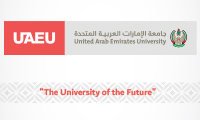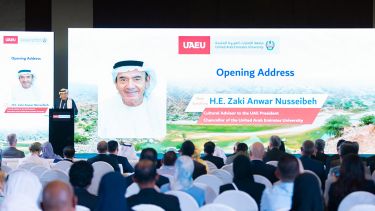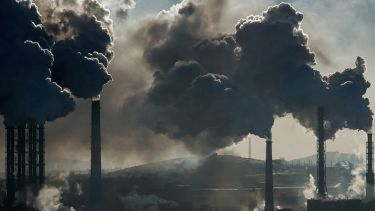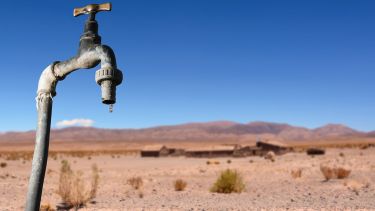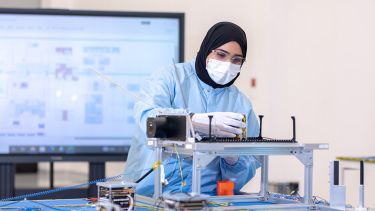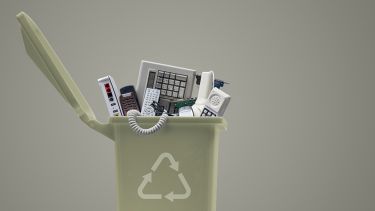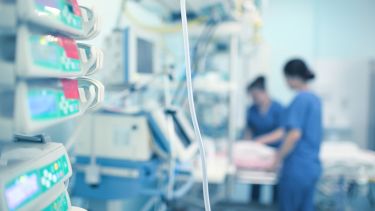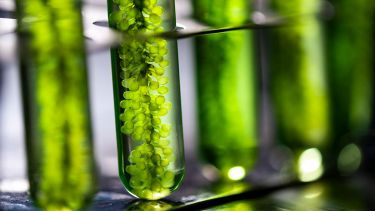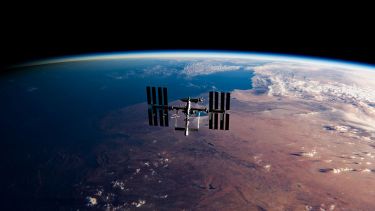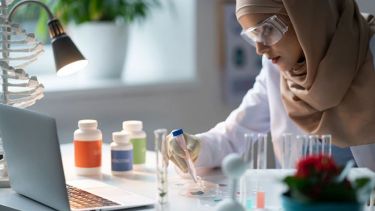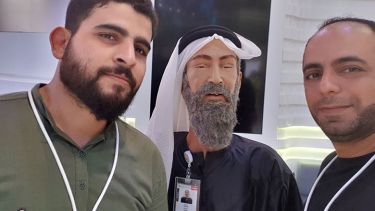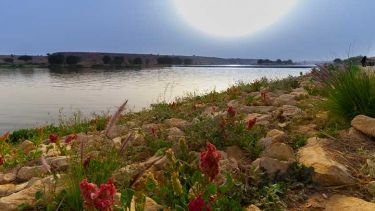
Most potable water in Gulf countries comes from desalination, but the process is expensive and has a large environmental footprint
Countries in the Arabian Gulf depend on desalination for their survival as most of their drinkable water is extracted from seawater. Researchers at the United Arab Emirates University (UAEU) are working to make the process more sustainable and turn waste products into valuable resources.
“Desalination is hitting a wall,” says Ahmed Elsayed, a researcher at the UAEU who works on sustainable desalination. A popular way to extract potable water from seawater involves drawing water from the sea, putting it under extreme pressures, and pushing it through a membrane to separate the water from salts and minerals. Traditionally, the process is totally or in part fuelled by non-renewable energy.
The process is energy-intensive and expensive, and it has a large environmental footprint. It produces greenhouse gases as well as concentrated salts, known as brine, which are pumped back into the oceans and are detrimental to the marine environment. For every litre of water produced, the process creates about 1.5 litres of brine. These factors limit the expansion of desalination and its ability to keep up with the rising demand for potable water in Gulf countries including the UAE.
“We are trying to address two environmental challenges,” says Ali Al-Marzouqi, a professor of chemical engineering at the UAEU and Elsayed’s supervisor. “One is the carbon which is emitted into the atmosphere and then there is the brine.”
In a recent paper published in journal Desalination, UAEU researchers showed how brine and carbon can be used to produce valuable products, making the process more economically viable and reducing its environmental footprint.
“We wanted to integrate the concept of the circular economy,” says Elsayed. The researchers simulated the chemical reactions and physical conditions inside large desalination plants such as the ones used in the UAE. They wanted to understand what would happen if the waste carbon dioxide emitted was pumped into a pressurised reactor containing the brine. They found that all the carbon dioxide could be absorbed by more than 70 per cent of the dissolved sodium in the brine. The carbon and sodium together form bicarbonate soda, which could be a valuable by-product of desalination. By using all the carbon, the process could become carbon neutral, says Elsayed. Further research will tackle other salts and chemicals produced by desalination.
“At the end, we will have a gas which has less carbon dioxide and is safe to emit into the atmosphere, and the brine water hopefully comes to a level which can be used for irrigation,” says Al-Marzouqi.
This research is the latest output of a decade-long project, in which UAEU researchers are working with Abu Dhabi National Oil Company (ADNOC) to promote sustainable desalination. This year, ADNOC earmarked $15 billion (£12.5 billion) for low-carbon solutions.
Al-Marzouqi and his colleagues’ work began as a laboratory-scale project with ADNOC, but now ranges from experimental work to modelling and simulation as well as pilot-scale testing.
In addition to industry collaboration, the university also works with researchers from universities around the world. In fact, the UAEU offers a dual PhD programme with KU Leuven in Belgium, and recently began collaborating with the National University of Singapore.
“We have strong collaborations with industry and other universities,” says Al-Marzouqi. “Collaboration is very important and highly encouraged at the university.”
For now, Al-Marzouqi and colleagues are looking to identify valuable chemicals that could be produced from desalination and could be used in, for example, the construction industry. Such by-products could make desalination more economically viable and environmentally friendly.
Read more about this work in the Desalination journal.
Find out more about the College of Engineering at the UAEU.
